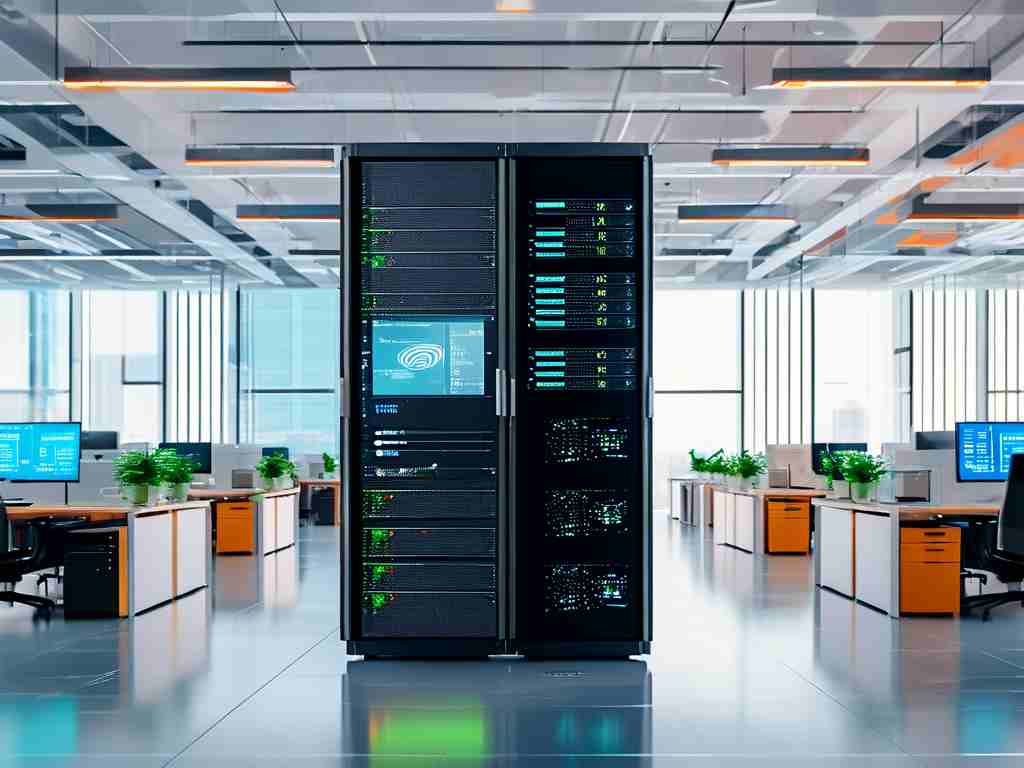As cloud infrastructure grows increasingly complex, organizations demand agile solutions to manage resources efficiently. Huawei Cloud Container Engine (CCE) automation tools address this need by simplifying deployment workflows, reducing manual intervention, and accelerating time-to-market for applications. This article explores how Huawei CCE's automation capabilities reshape cloud operations while maintaining compatibility with modern DevOps practices.

The Role of Automation in Cloud Environments
Automation has become a cornerstone of cloud management, particularly for enterprises handling dynamic workloads. Huawei CCE integrates Kubernetes-native orchestration with proprietary optimization layers, enabling teams to deploy containerized applications through predefined templates. For instance, infrastructure-as-code (IaC) configurations can be applied using YAML files:
apiVersion: apps/v1
kind: Deployment
metadata:
name: cce-webapp
spec:
replicas: 3
template:
spec:
containers:
- name: nginx-container
image: nginx:1.21
This code snippet demonstrates how CCE standardizes deployment processes, ensuring consistency across development, testing, and production environments. By automating scaling policies and health checks, the platform minimizes downtime caused by human error—a critical advantage for industries like finance or healthcare.
Bridging DevOps and Cloud Operations
Huawei CCE’s automation framework supports continuous integration/continuous delivery (CI/CD) pipelines, allowing developers to trigger deployments directly from version control systems like GitLab or GitHub. A telecom company recently reported a 40% reduction in deployment cycles after integrating CCE with Jenkins, attributing the improvement to automated rollback mechanisms and real-time monitoring dashboards.
Security remains a priority within automated workflows. CCE enforces role-based access control (RBAC) and scans container images for vulnerabilities before deployment. Administrators can define compliance rules using Open Policy Agent (OPA), ensuring workloads adhere to organizational standards without manual audits.
Challenges and Customization Strategies
While automation delivers efficiency, some teams face hurdles adapting legacy systems to CCE’s architecture. Hybrid cloud scenarios often require custom scripting to synchronize on-premises databases with cloud-native services. Huawei addresses this through flexible API integrations, enabling enterprises to extend automation to niche use cases. For example, a logistics firm automated its inventory management system by connecting CCE with legacy SAP modules using RESTful APIs.
Performance optimization is another area where CCE excels. Autoscaling policies adjust resource allocation based on metrics like CPU utilization or request latency. During peak traffic periods, clusters automatically expand to handle load spikes, then shrink to conserve costs during off-peak hours—a feature particularly valuable for e-commerce platforms.
Future Directions in Automation
Huawei continues to enhance CCE with AI-driven predictive analytics. Early adopters have tested anomaly detection models that preemptively redistribute workloads before hardware failures occur. Additionally, the platform’s integration with Huawei’s Ascend AI processors unlocks opportunities for automating machine learning pipelines, from data preprocessing to model serving.
As edge computing gains traction, CCE’s automation toolkit extends to distributed nodes. A smart manufacturing project utilized this capability to deploy AI inference engines across factory-edge devices, synchronizing updates centrally while maintaining low-latency operations.
In , Huawei CCE automation empowers organizations to navigate cloud complexity with precision. By combining Kubernetes-native features with enterprise-grade enhancements, it reduces operational overhead while fostering innovation—a balance critical for thriving in today’s fast-paced digital landscape.









